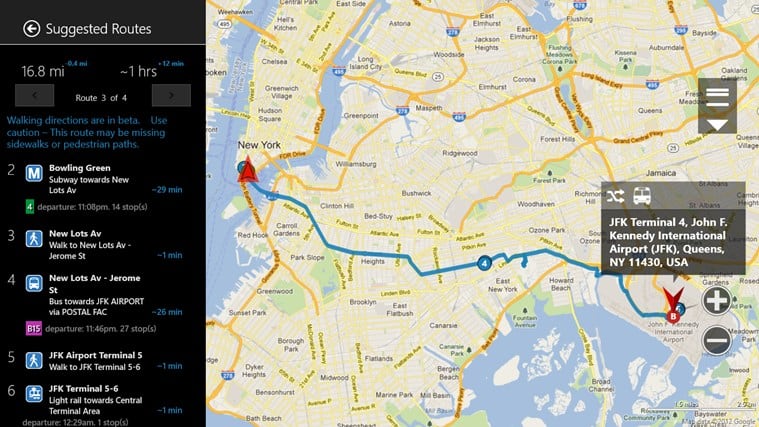

The way it shows such information is similar to its busyiness feature. In some cases, longer routes could be faster, and this is why the information provided by Google Maps comes in so handy.Ĭheck future traffic conditions Google Maps can also estimate how traffic conditions would change throughout the day for the configured route. This way, users can make informed decisions regarding their routes.

In this case, Google Maps expects the congestion on the road to cause a 10-minute delay on the chosen route. Google Maps then provides traffic data, including where you are expected to hit heavy traffic and how big the produced delay is estimated to be. Launch Google Maps, define the address of the destination, and then look at the bottom of the screen for the total trip time and distance. Google developed Google Maps to provide drivers with traffic information in several ways, both in the route preview screen and when the navigation is active.Īs a result, you can stay up-to-date with traffic conditions on the route in the planning phase or when you’re already on the road.Ĭongestion information The first thing you should keep an eye out for is the congestion warning displayed when planning a route. The ETA could eventually be affected, so Google Maps needs such data specifically to estimate your arrival time more accurately. As such, it knows precisely when and where you are more likely to encounter a traffic jam. As a navigation app whose purpose is to reach a destination faster, Google Maps also collects traffic information.


 0 kommentar(er)
0 kommentar(er)
